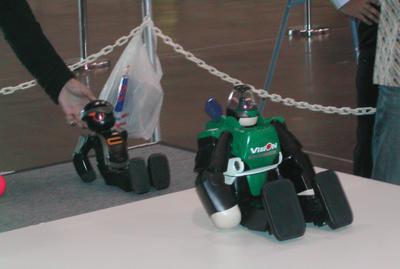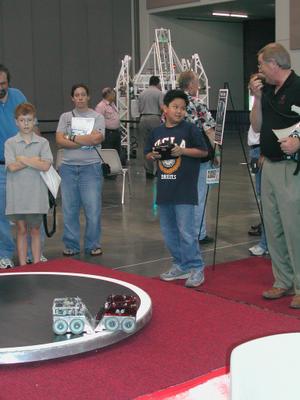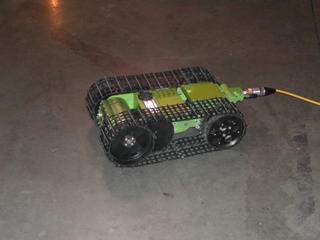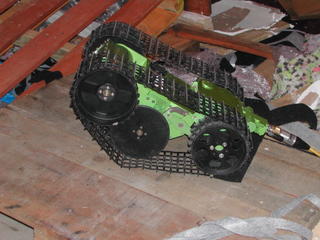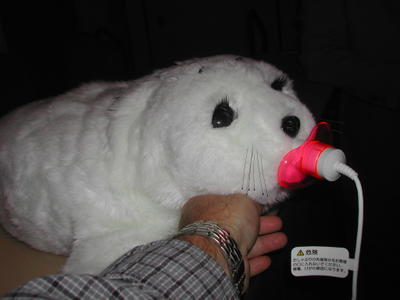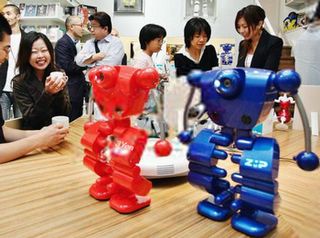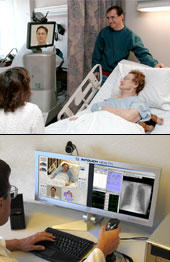*****Make sure to check out robots for sale at the
Roboteria*****
I am in San Jose now for the
RoboNexus Conference.
Since I sat half the day sitting on an airplane I took the opportunity to check the status of consumer robots.
So I spent some time looking for robots in the Skymall. The Skymall, for those of you who don’t fly much, is a catalog of expensive stuff for people who can afford it.
There is still not much in the way of robots in SkyMall.
There are a few toys: a voice controlled R2D2 replica. It is 15 inches tall and costs $120. It can obey some voice commands, “and dance while plying the famed cantina music..”
Another robot is an Erector set kit robot. Once you assemble it you can download music and moves through USB so it can dance and perform “actions common toys cannot replicate.” You can also make a working crane or trucks with it. $130
There is the Roomba. This one is actually supposed to do something useful, sweep the floor. Boring…it does not even play music and dance. But it is only $300.
More toys. There is the latest robot dinosaur, Velociraptor. It will play with you for $100.
Sharper Image always has the stuff that people need the most, for example a lot of iPod accessories. I guess they figure if someone is willing to pay so much for an mp3 player than they’ll buy anything.
They have mini radio controlled sumo robots. 2 inches tall. Only $70 per pair.
On the same page they have a pair of Robot Battle Beasts for $130. They are some kind of cross between a bull and dinosaur but with wheels. It does not say what size they are.

On the very same page they have “lifesize and incredibly lifelike robot animatronic chimpanzee.” He will move autonomously and “display moods.” It does not mention if he can dance. The purpose of it is to amaze your friends. US $150
Next is Robosapien V2. This new version of Robosapien is two feet tall and is capable of combinations of 67 movements. It can even throw a ball. Will respond to your voice commands for $250.
Trainable ‘Robopet” dog looking thing. It has a weird head and spindly legs so it looks like a cross between a dog and an insect. It has ‘loads of personality’ lots of motions, voice commands, the works. There are good-pet and bad-pet buttons to train the thing. Yours for $90.
Some are not quite robots, but could be. There is a radio controlled mouse with blinking red eyes for torturing your cat( $25 each).

That is it for the robots. There are other automated and radio controlled devices but not robots. I do not consider the perfect hotdog cooker a robot - even if the hot dogs and buns do come out perfect every time.
The dearth of SkyMall robots shows that even though robots are improving everyday, they are not yet moving into our home lives. There are many reasons why not. Maybe they can not do what we really want them to. Maybe we do not want them at all. Possibly, the field is as wide open today as the pc business was in 1978.


 Minister Chin Dae-je [from The Korea Times]
Minister Chin Dae-je [from The Korea Times]
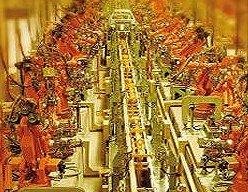

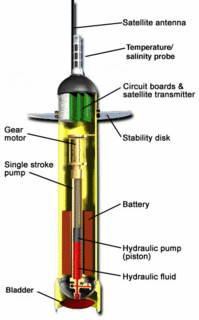
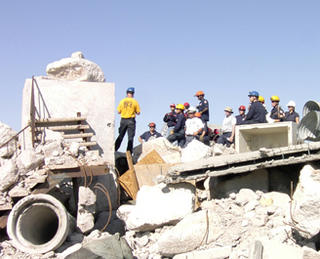

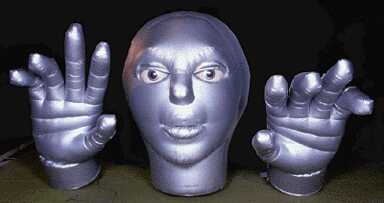

 Inuktun Nanomag
Inuktun Nanomag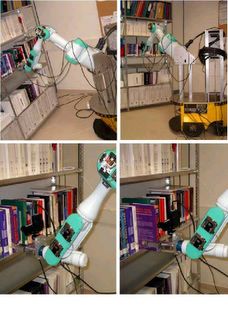
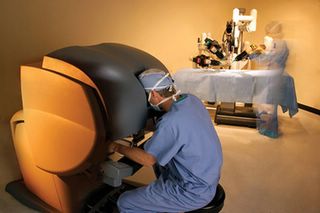

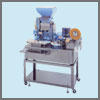


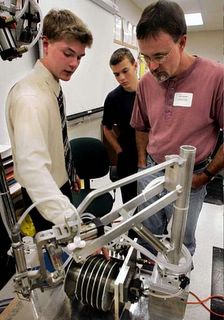


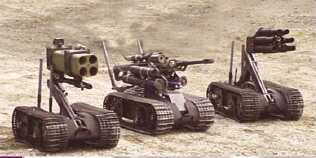


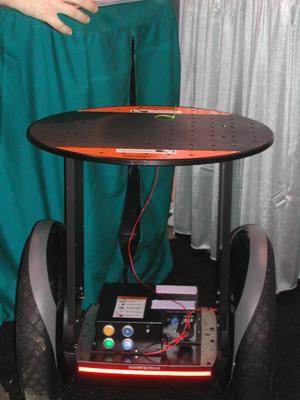
 [Picture from gorobotics.net - thanks guys]
[Picture from gorobotics.net - thanks guys]
